ActiveOutdoorsCampingSeven ways to reduce your carbon footprint when hiking and campingThese tips will help you tread more softlyWhen you purchase through links on our site, we may earn an affiliate commission.Here’s how it works.
ActiveOutdoorsCampingSeven ways to reduce your carbon footprint when hiking and campingThese tips will help you tread more softlyWhen you purchase through links on our site, we may earn an affiliate commission.Here’s how it works.
These tips will help you tread more softly
When you purchase through links on our site, we may earn an affiliate commission.Here’s how it works.
(Image credit: Getty)
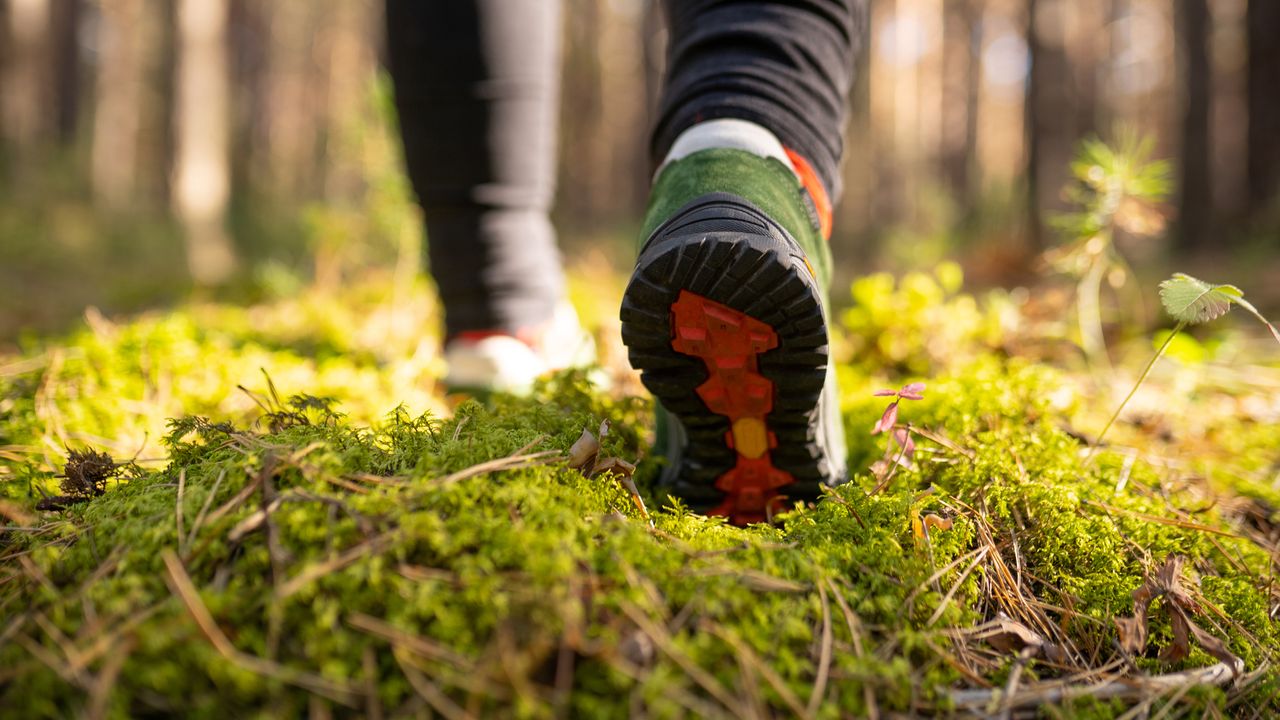
(Image credit: Getty)
Done with thought and consideration, you might think that hiking and camping are very low-impact activities that don’t negatively impact the natural environment too much. In fact,some scientific reports(external link) have offered evidence that the carbon footprint of outdoor active-sport participants can be significantly (up to 40%) more significant than those who engage in mainstream team sports.
1. Explore local
Everyone has a wish list of trails they want to walk, peaks they plan to climb and picturesque places they dream of pitching a tent. But not every escapade needs to involve a flight or long car ride to the trailhead – especially if you’re trying to adventure in an environmentally responsible way. Get a good topographical map that covers your local area and see what’s out there within walking distance that looks interesting, including campsites. Set yourself a challenge to put together a great circular day walk or overnight hike right from your front door.
(Image credit: Getty)

(Image credit: Getty)
2. Travel smart to the trailhead
Obviously, occasionally you will want to explore further afield as well and meet up with friends who live outside your area. If possible, pick paths that are accessible from a train station or bus stop and take public transport to the trailhead. Starting and finishing a walk in this way takes an extra layer of planning, but scoping out an adventure is part of the fun.
Plus, if you’re not driving, you can always celebrate the end of a hiking mission with a pint in the pub. If it’s really not possible to use public transport, at least arrange a rendezvous point or pick people up en route to the trailhead so you can car share – not only does this reduce the collective carbon footprint of your group, but it also vastly cuts down on parking pressure at trailheads, which can be a big issue.
Treating boots, jacket and other gear with a waterproofing agent will make them last a long time(Image credit: Pat Kinsella)
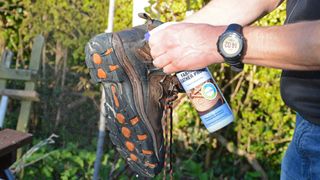
Treating boots, jacket and other gear with a waterproofing agent will make them last a long time
Treating boots, jacket and other gear with a waterproofing agent will make them last a long time
(Image credit: Pat Kinsella)
3. Keep your kit planet fit
From an environmental perspective, the best hiking and camping gear you can possibly use is the stuff you already own. Although things are improving, production processes are the enemy of the environment, and disposing of non-recyclable and non-biodegradable gear is also a major problem. So, look after your equipment to improve its lifespan.
Sign up to the T3 newsletter for smarter living straight to your inbox
Get all the latest news, reviews, deals and buying guides on gorgeous tech, home and active products from the T3 experts
This simple process will significantly reduce your carbon footprint and save you a load of cash. Some brands, includingPáramoandDecathlon(both retailer links), offer repair services and workshops for their kit.
Decathlon’s new Forclaz Trekking Tarp Tent MT900 is available in version that uses no dye(Image credit: Pat Kinsella)

Decathlon’s new Forclaz Trekking Tarp Tent MT900 is available in version that uses no dye
Decathlon’s new Forclaz Trekking Tarp Tent MT900 is available in version that uses no dye
(Image credit: Pat Kinsella)
4. Support best-practice brands
At some point, your gear will really give up the ghost. When this happens, and you need to replace an important piece of apparel or a key bit of kit, try to support brands that exhibit genuine concern for the environment in their production processes, from the materials used right through to where the gear is manufactured and transported from.
Progressive brands such as Patagonia and Páramo have really led the way in this area, but almost all manufacturers of outdoor gear are now making an effort to at least appear environmentally friendly. During a recentvisit to the alpine HQ of Decathlon, I was really impressed at how much focus is being dedicated to using recycled and recyclable material and also on making products such astentsandsleeping bagswith no dye used at all.
Some outdoor brands are leading members of initiatives such as 1% For The Planet, which sees 1% of all members’ profits go towards environmental programs. But it’s tricky to cut through all the questionable marketing out there to assess the true environmental credibility of companies, and there are multiple layers to this issue (a brand’s eco-footprint goes well beyond the components and chemicals used in their gear to their supply chain and the set-up of their factories).
The best approach is to do your research and ask searching questions (in a public forum if possible). And there are websites out there which can help, too, such asEthical Consumer.

(Image credit: One Percent for the Planet)
5. Buy smart, not cheap
Good outdoor gear can be eye-wateringly expensive, but it’s better (both for your pocket and the planet) to buy something once and get many years’ use out of it rather than replacing the kit after a few months because cheap materials and poor production quality have rendered it useless. This is true of everything fromhiking backpacksto tents,tablesandcamping chairs.
BAM’s women’s jumpers are made from a blend of bamboo and merino wool - materials with a low carbon footprint(Image credit: BAM)

BAM’s women’s jumpers are made from a blend of bamboo and merino wool - materials with a low carbon footprint
BAM’s women’s jumpers are made from a blend of bamboo and merino wool - materials with a low carbon footprint
(Image credit: BAM)
6. Think about the fabrics you wear
This is clearly connected to the point above, but one way to instantly reduce your carbon footprint is to choose apparel made from natural materials such as bamboo, hemp and merino wool rather than poly-based synthetics. The latter is basically made from plastic, are horribly polluting to produce and are completely non-biodegradable (unless they’re incinerated – itself a toxic-heavy process – they will still be here on this planet long after you have checked out).
Although sourced from animals, which do contribute to emissions, the carbon footprint of merino wool, used in many of thebest base layersout there, is stilllower than almost all other textile fibres(excluding hemp and bamboo) because sheep graze on non-arable land and rough terrain.
Besides being produced in a less carbon-heavy way, both merino wool and bamboo naturally contain anti-bacterial elements, which means garments made with these materials stink less and don’t require washing as often, which further reduces their environmental impact.
(Image credit: Getty)

(Image credit: Getty)
7. Micro measures
The most impactful steps you can take to reduce your carbon footprint when hiking and camping are to travel less, buy less (and buy better informed) and use your purchasing power to put pressure on brands to improve their production processes. But there are also many little things you can do to lessen your carbon footprint, including the following:
Today’s best Tents deals$31.35View Deal$70$34.83View Deal$40.90View Deal$70$49.99View Deal$239.95View DealShow More DealsWe check over 250 million products every day for the best prices
Today’s best Tents deals$31.35View Deal$70$34.83View Deal$40.90View Deal$70$49.99View Deal$239.95View DealShow More DealsWe check over 250 million products every day for the best prices
Today’s best Tents deals
$31.35View Deal$70$34.83View Deal$40.90View Deal$70$49.99View Deal$239.95View Deal
$31.35View Deal
$31.35View Deal
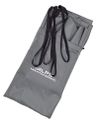


$31.35View Deal
$31.35
$31.35
$70$34.83View Deal
$70$34.83View Deal

$70$34.83View Deal
$70$34.83
$34.83
$40.90View Deal
$40.90View Deal
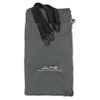

$40.90View Deal
$40.90
$40.90
$70$49.99View Deal
$70$49.99View Deal


$70$49.99View Deal
$70$49.99
$49.99
$239.95View Deal
$239.95View Deal
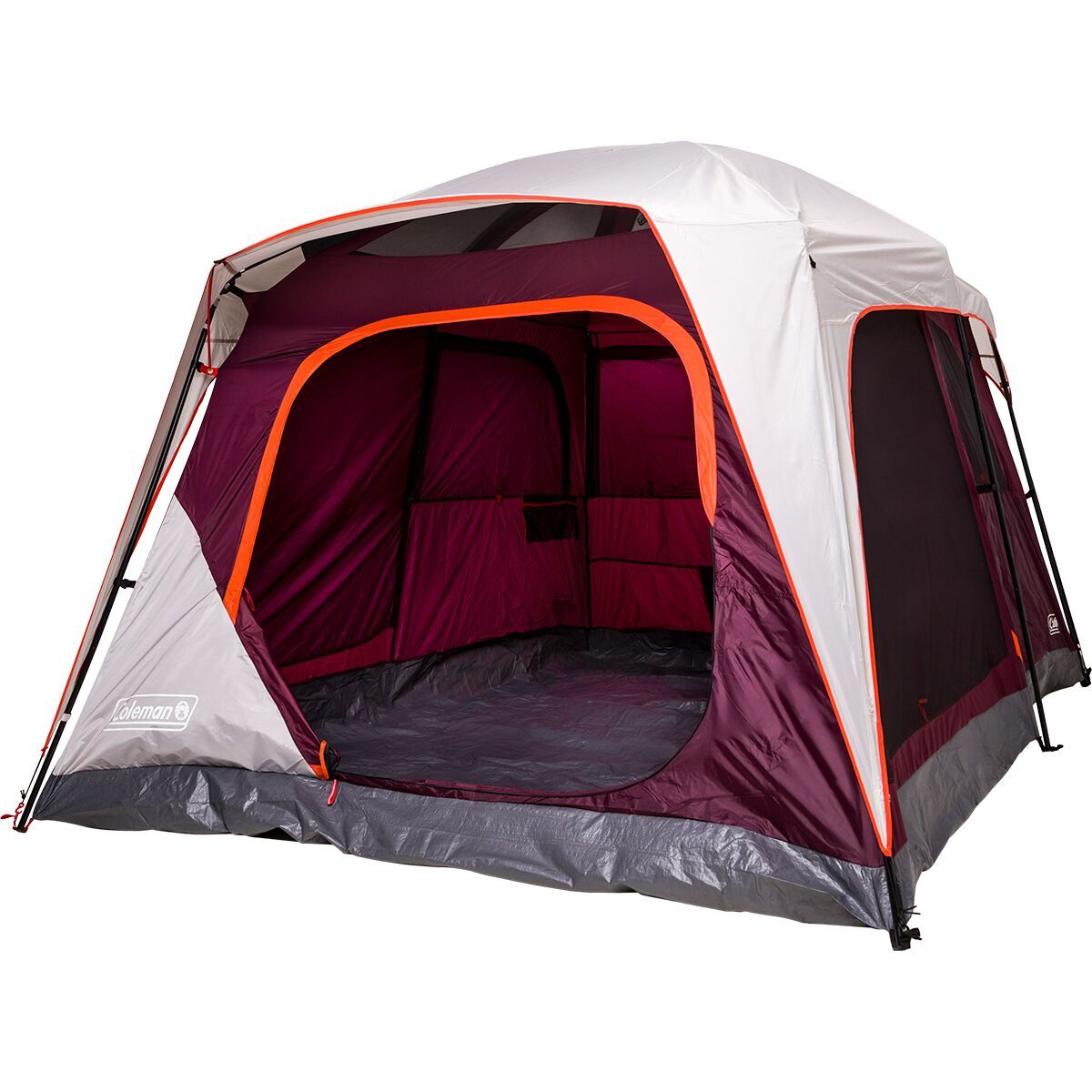

$239.95View Deal
$239.95
$239.95
Show More Deals
Show More Deals
We check over 250 million products every day for the best prices
We check over 250 million products every day for the best prices
